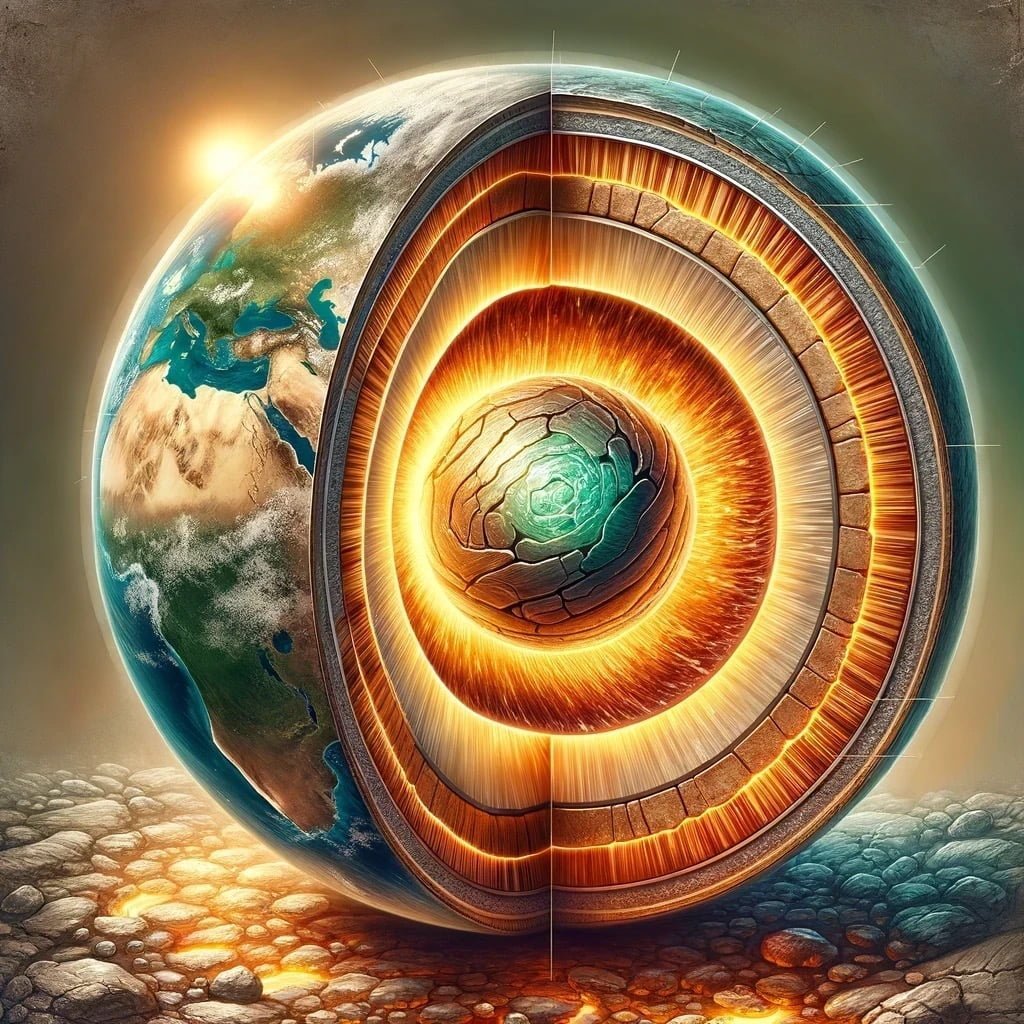Dinosaurs ruled the Earth for millions of years, but around 66 million years ago, they mysteriously vanished. What caused their disappearance?
Answer
Dinosaur extinction was mainly caused by a combination of catastrophic events, including a massive asteroid impact and significant volcanic activity, which led to drastic changes in climate and the environment.
Simple Explanation
Dinosaurs disappeared because a giant asteroid hit the Earth, causing huge fires and dark skies. This made it very hard to find food, and many other changes followed that they could not survive.
Detailed Explanation
The extinction of dinosaurs is one of the most discussed events in paleontology. The most widely accepted theory is that a large asteroid, approximately 10 kilometers wide, struck the Yucatan Peninsula in Mexico, creating the Chicxulub crater. This impact caused a series of catastrophic events, including massive wildfires, tsunamis, and “nuclear winter” conditions that blocked sunlight, significantly cooling the Earth.
Volcanic Activity
In addition to the asteroid impact, there was intense volcanic activity occurring at the same time, particularly the Deccan Traps in what is now India. These volcanic eruptions released vast amounts of ash and gases, further altering the climate and contributing to the decline of the dinosaurs. The combination of these events created an inhospitable environment, disrupting food chains and habitats.
Survival of Species
Not all species faced extinction; while many large dinosaurs disappeared, other life forms, such as small mammals, birds, and reptiles, survived. These species were able to adapt to the new environmental conditions, proving that adaptability was key to survival. The extinction of dinosaurs paved the way for mammals to flourish and eventually evolve into a diverse range of species, including humans.
Conclusion
The disappearance of dinosaurs highlights the vulnerability of life on Earth to sudden environmental changes, whether from cosmic events or geological activity. Understanding this extinction event is crucial for grasping the history of life on our planet.
FAQ
Q: Did all dinosaurs go extinct at the same time?
A: Most dinosaurs went extinct at the same time, around 66 million years ago, but some smaller ancestors, like birds, survived the extinction event.
Q: Are there any living descendants of dinosaurs?
A: Yes, modern birds are considered the closest living relatives of dinosaurs, specifically theropods.
Q: Could dinosaurs have survived if the asteroid had not hit?
A: It’s possible, but they still faced challenges like volcanic eruptions and changing climates that could have threatened their survival.
Q: What evidence do scientists have for the asteroid impact theory?
A: Scientists have found a layer of iridium-rich clay in the geologic record, which is rare on Earth but abundant in asteroids, consistent with an impact event.
External Sources
For more information on the extinction of dinosaurs, visit American Museum of Natural History and Natural History Museum.




